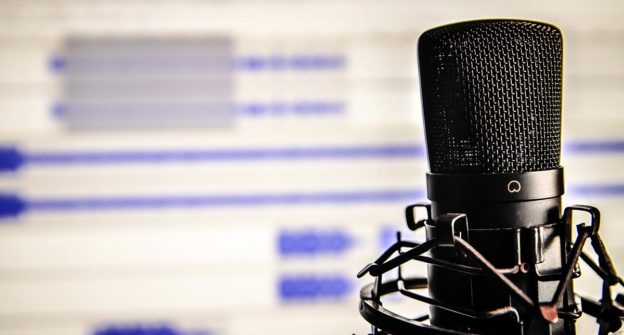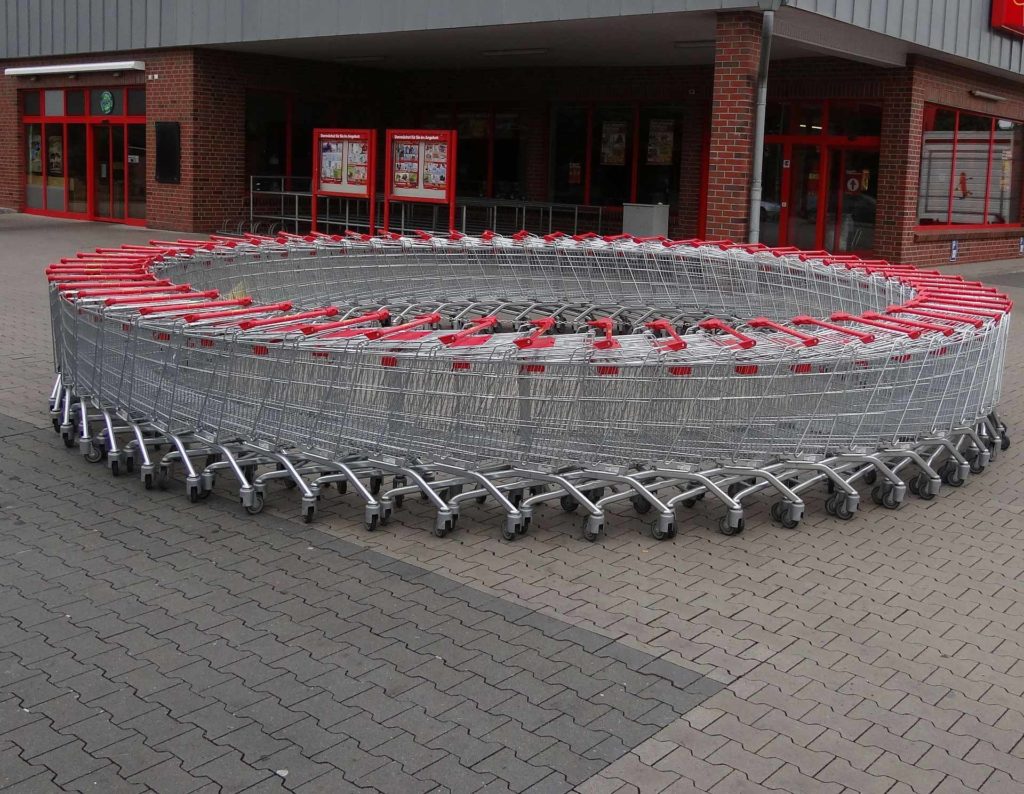The last couple of decades have been tough for journalists—and it was bad way before COVID-19 ruined everything.
As journalism has contracted—or, to put a positive spin on it, as it’s evolved—I’ve run across a number of people who started in journalism and moved into content marketing.
I departed journalism long ago. I was trained as a journalist and I love the skill and craftsmanship of great journalism, but I was never compelled to be a journalist.
At this point, I’ve been in marketing far longer than I was ever in journalism. What’s interesting is that many of the skills I learned in journalism are touchstones in my content marketing work.
This piece covers the core journalism skills that have shaped my content marketing strategies and tactics. I put this together primarily for journalists thinking about a move to content marketing, but it’s also useful for established marketers who want to apply journalism skills in their marketing projects.





